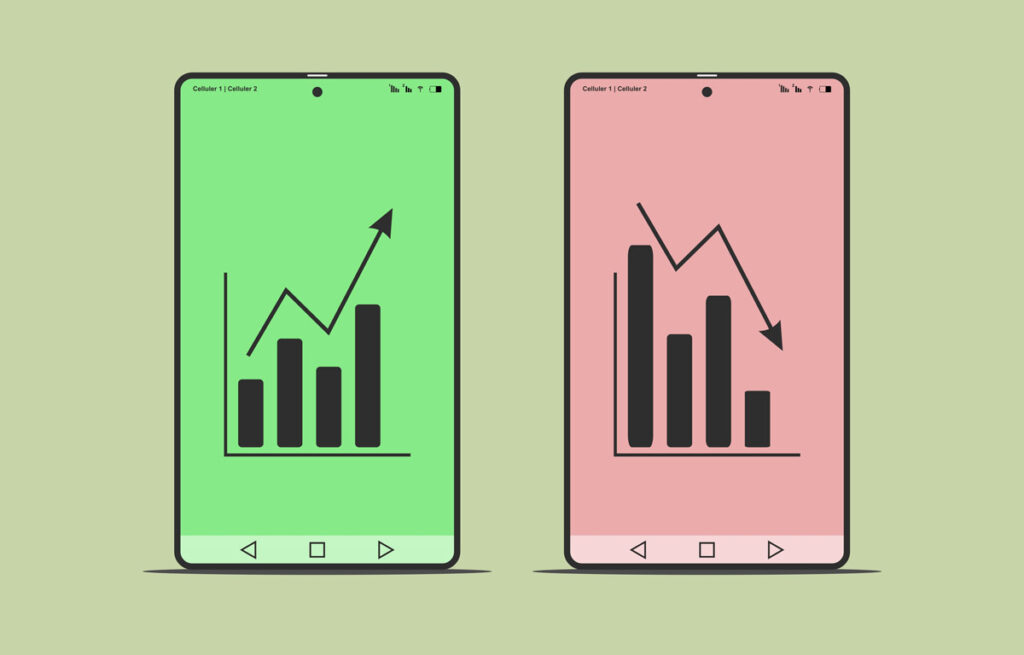Have you been chasing your tail in Q1 trying to determine exactly what is causing your direct response, last click attribution to decline on your campaigns? All of a sudden, metrics you were achieving in October and November are showing a steep decline? Dug in and determined Mobile device performance is the root of the problem?
Guess what? You are not alone.
For those not following the news closely, Apple released iOS 11.0 in September 2017. With the release, Apple’s pushed themselves forward as the consumer privacy protector…pause for a second to chuckle…and included in the release a change to how cookies are stored and deleted. By default in iOS 11.0, first-party cookies are allowed to stay for 30 days so long as there is repeat visit interaction, but third-party are deleted automatically within 24 hours.
Obviously Advertisers were outraged as tracking is the key to determining marketing performance, but more importantly the deletion of these cookies would impair intelligent remarketing activities since the Advertiser would no longer know if the visitor purchased so they could cease advertising. But the outrage quelled after the iOS 11.0 released stumbled out of the blocks with user acceptance due to serious bugs that impaired phone performance. Advertisers looked under the hood in October; there was not much to see, and performance metrics were only slightly impaired.
Phew, we dodged a bullet. We celebrated the New Year. And then our January month end numbers arrived.
Due to the stumbled rollout, Advertisers didn’t see the immediate effect of the iOS 11.0 rollout. Low user acceptance in October and November camouflaged the impact, along with higher conversion rates that are typically seen during the holiday period for most Advertising. Christmas saw iPhone’s under the tree, new toys are opened and just like we see most every year, a significant shift in OS platforms and versions being utilized.
Below you will find an analysis we conducted across our agency’s clientele to understand the trending impact. Wherein consumers using iPhones have always consistently converted higher than Android users, beginning in December 2017 third-party conversion tracking began telling a different story.
If you are currently leveraging third-party tracking systems that have not figured out a solution to mitigate the impact, you are likely seeing the type of drop off in conversion rate as seen below. We caveat that our clients have some seasonal influences that do not perfectly reflect every advertiser, so the key is comparing the drop off by mobile device OS and using Android as your baseline.
So how do you address these problems if you are using a third-party tracking system that has adapted to the new environment? Vincodo recommends the following:
- Contact your third-party tracking service provider to inquire if they have new pixels for you to implement
- Utilize Google Analytics as a benchmark as the persistence of their cookies has shown no impediments to tracking
- Make sure you have turned on auto-tagging in both your Google and Bing accounts
- If you are using Google Tag Manager, make sure you employ the new Conversion Linker functionality
And if all else fails, make sure you incorporate the loss of tracking into your campaign optimization efforts. Lower your ROI targets by 20%-25% for your mobile efforts to accommodate for lost tracking recognition. This ensures the sales and leads are still coming and will effectively show up in your Profit and Loss Statement at the end of the month. The conversion simply showed up in what we like to refer to as the “Who Hah” box.







